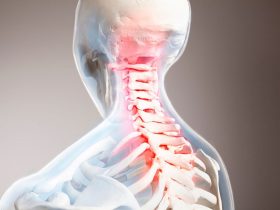Mental health effect of the pandemic was high for adolescent girls, with increases in specific MHCs
WEDNESDAY, Feb. 23, 2022 (HealthDay News) — Compared with 2019, there were declines in weekly emergency department visits associated with mental health conditions (MHCs) during 2020, followed by variation in specific MHCs by age and sex during 2021 and January 2022, according to research published in the Feb. 18 early-release issue of the U.S. Centers for Disease Control and Prevention Morbidity and Mortality Weekly Report.
Lakshmi Radhakrishnan, M.P.H., from the CDC in Atlanta, and colleagues examined changes in U.S. pediatric emergency department visits for overall MHCs and emergency department visits associated with specific MHCs during 2019 through January 2022 among all children and adolescents aged 0 to 17 years.
The researchers found that following declines in weekly visits associated with MHCs during 2020, there was variation by age and sex in the weekly numbers of emergency department visits for MHCs overall and for specific MHCs during 2021 and January 2022 compared with corresponding weeks in 2019. For girls aged 12 to 17 years, compared with 2019, during 2020, 2021, and January 2022, there were increases in weekly visits for two of nine MHCs (eating disorders and tic disorders); four of nine MHCs (depression, eating disorders, tic disorders, and obsessive-compulsive disorder [OCD]); and five of nine MHCs (anxiety, trauma and stressor-related disorders, eating disorders, tic disorders, and OCD), respectively.
“Implementing evidence-based primary prevention, early identification, and intervention, and treatment strategies that promote physical and mental health among children and adolescents and that can be rapidly adapted during public health emergencies, can help prevent MHCs and improve pediatric health,” the authors write.
Copyright © 2021 HealthDay. All rights reserved.







